
Supersonic Transports
Is supersonic travel set to return? NASA plans to award a contract in 2018 to build a low-sonic-boom X-plane, to fly in 2021, while startup Boom Supersonic intends to fly the XB-1—a 1/3-scale demonstrator for its planned 55-seat, Mach 2.2 airliner—by the end of 2018.
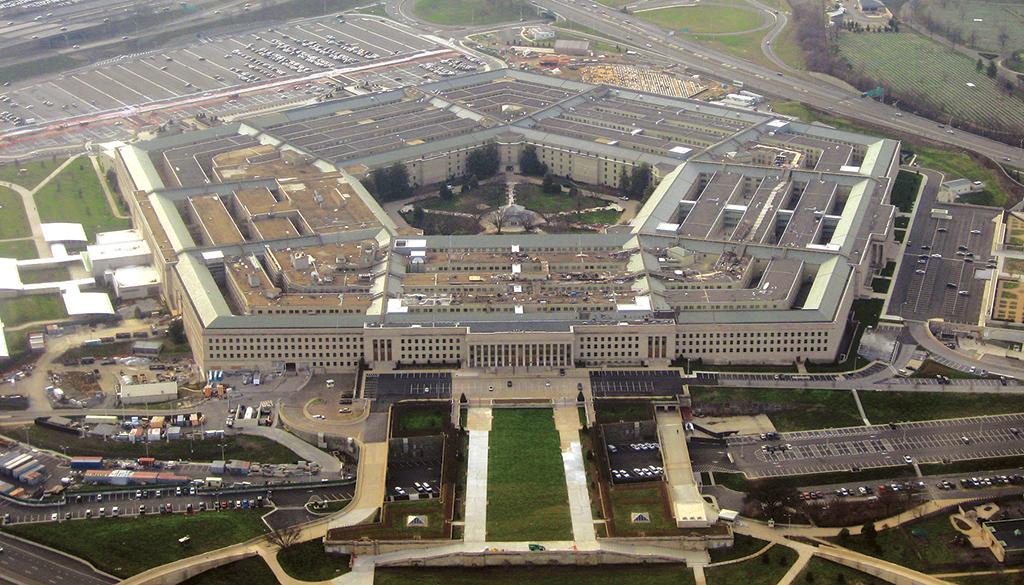
Procurement Priorities
New defense programs are rare, but 2018 should see winners of the U.S. Air Force’s 300-aircraft T-X advanced jet trainer and U.S. Navy’s 75-aircraft MQ-25 carrier-based unmanned tanker contests, plus a decision on replacing the E-8 Joint Stars battlefield-surveillance fleet.
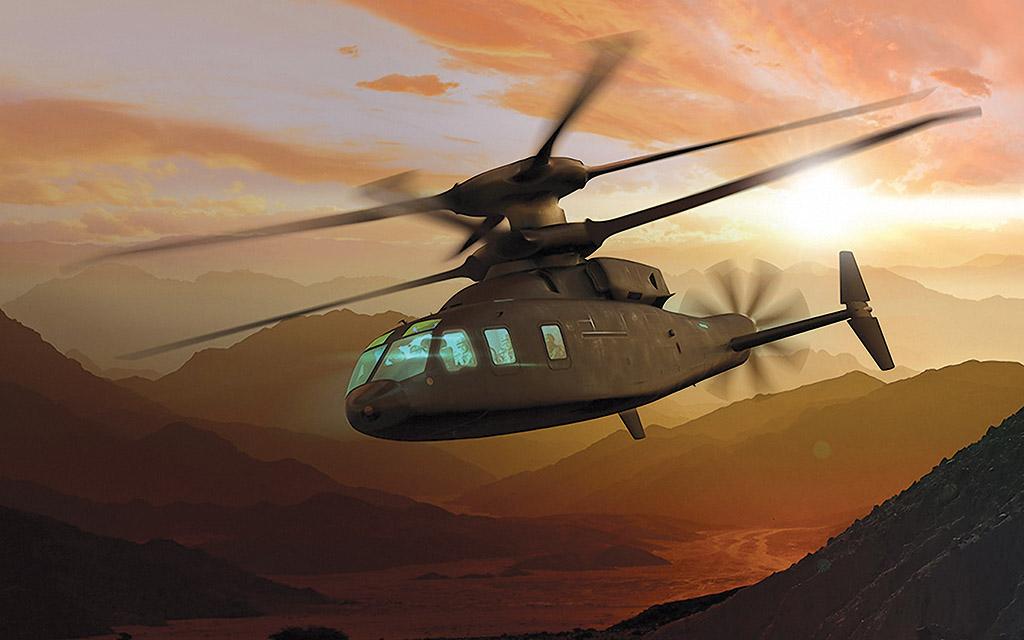
Advanced Rotorcraft
Two high-speed rotorcraft demonstrators in flight testing during 2018, the tiltrotor V-280 and coaxial-compound SB-1 (pictured), should boost the odds of the U.S. Army starting the Future Vertical Lift Medium program in 2019 to begin replacing its UH-60 Black Hawks starting in 2031.
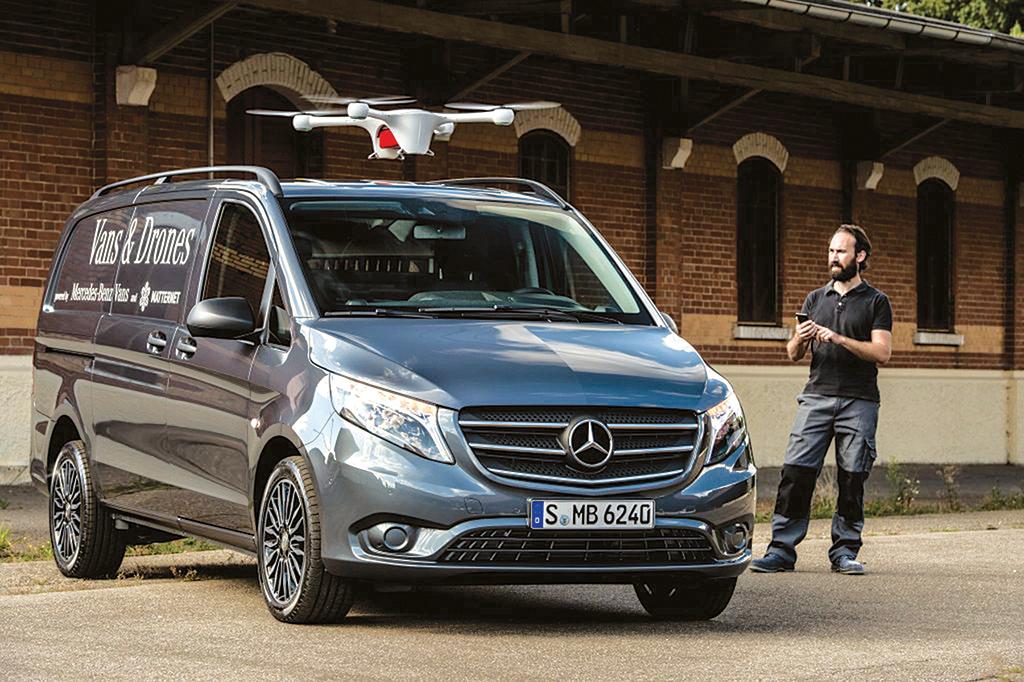
Drone Integration
The Trump administration’s drone-integration pilot program starts in 2018, and over three years—bringing together state and local governments, industry and the FAA—it is expected to accelerate the rollout of advanced commercial UAV operations such as package delivery.
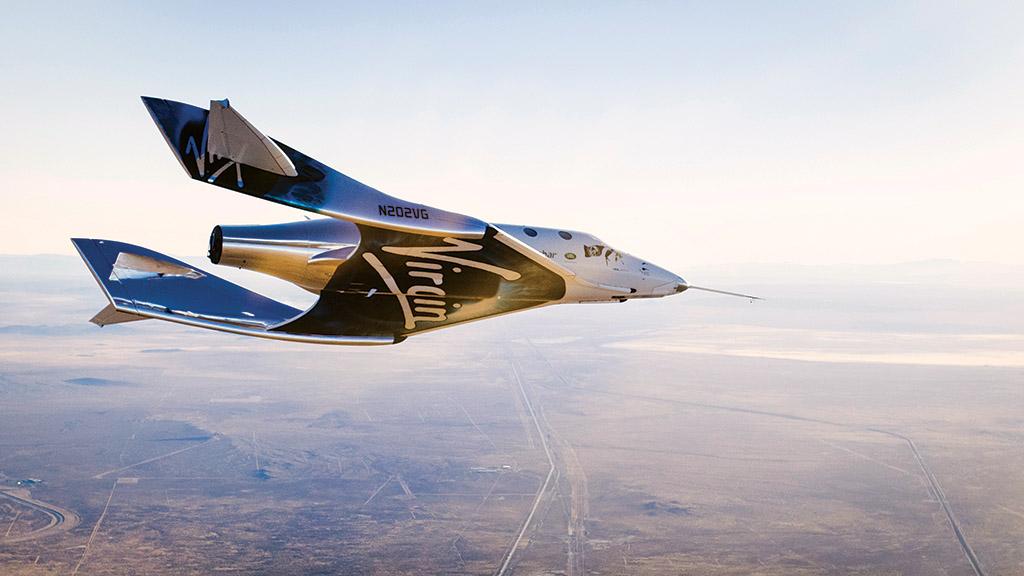
Suborbital Space Travel
Galactic
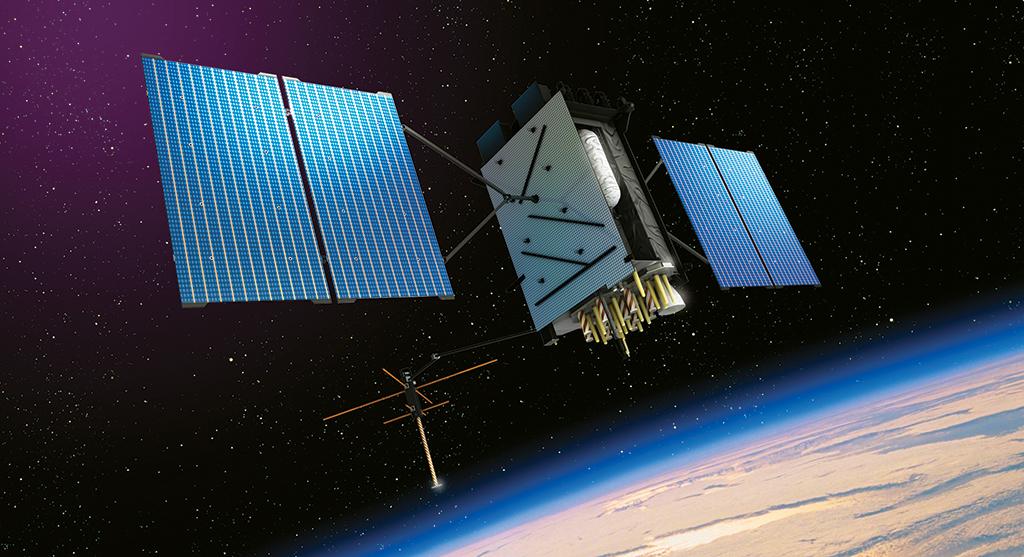
Next-Generation GPS
Forty years from launch of the first Navstar GPS navigation satellite, the $1.5 billion modernization of a system that has become essential to everyday life is set to begin in 2018 with the launch of the first GPS III. It is designed to provide three times the accuracy, higher resistance to jamming and longer design life on orbit.
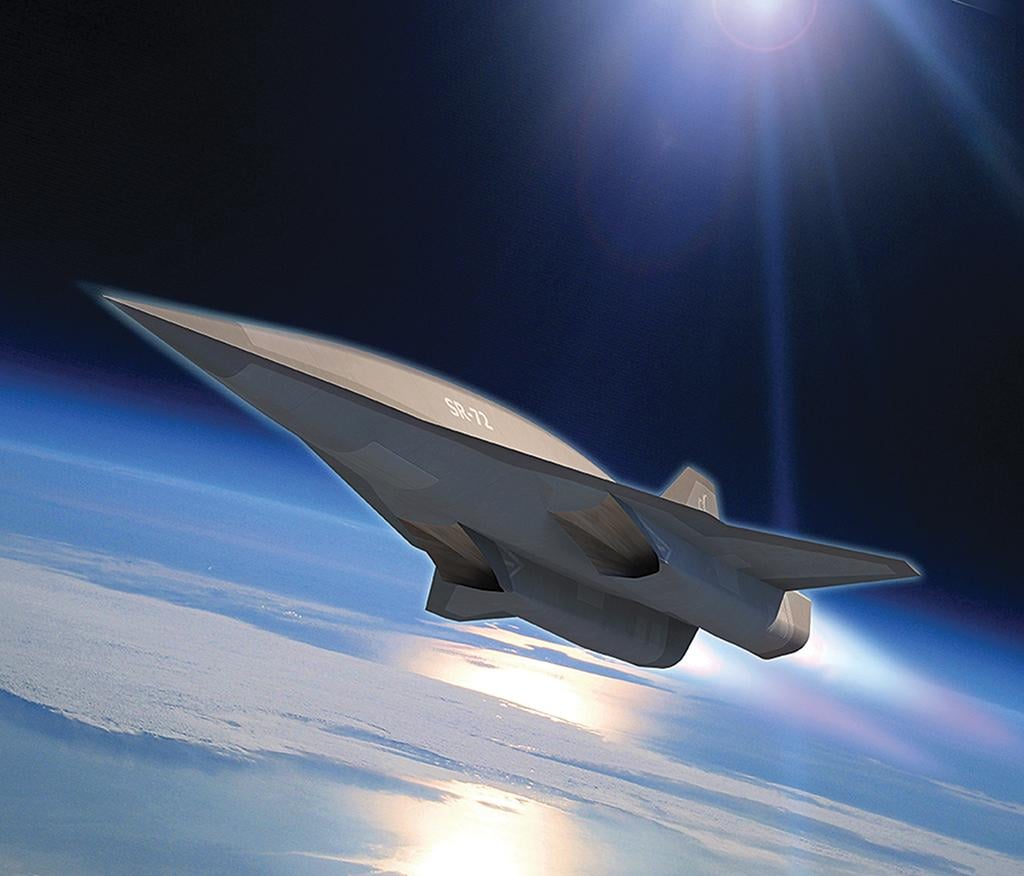
Hypersonic Propulsion
As China and Russia advance in hypersonics, and Lockheed Martin edges toward a flight demonstrator for its planned Mach 6 “SR-72” (pictured), U.S. research agency DARPA and Aerojet Rocketdyne in 2018 plan tests of a full-scale dual-mode ramjet of the type that could power such an aircraft.
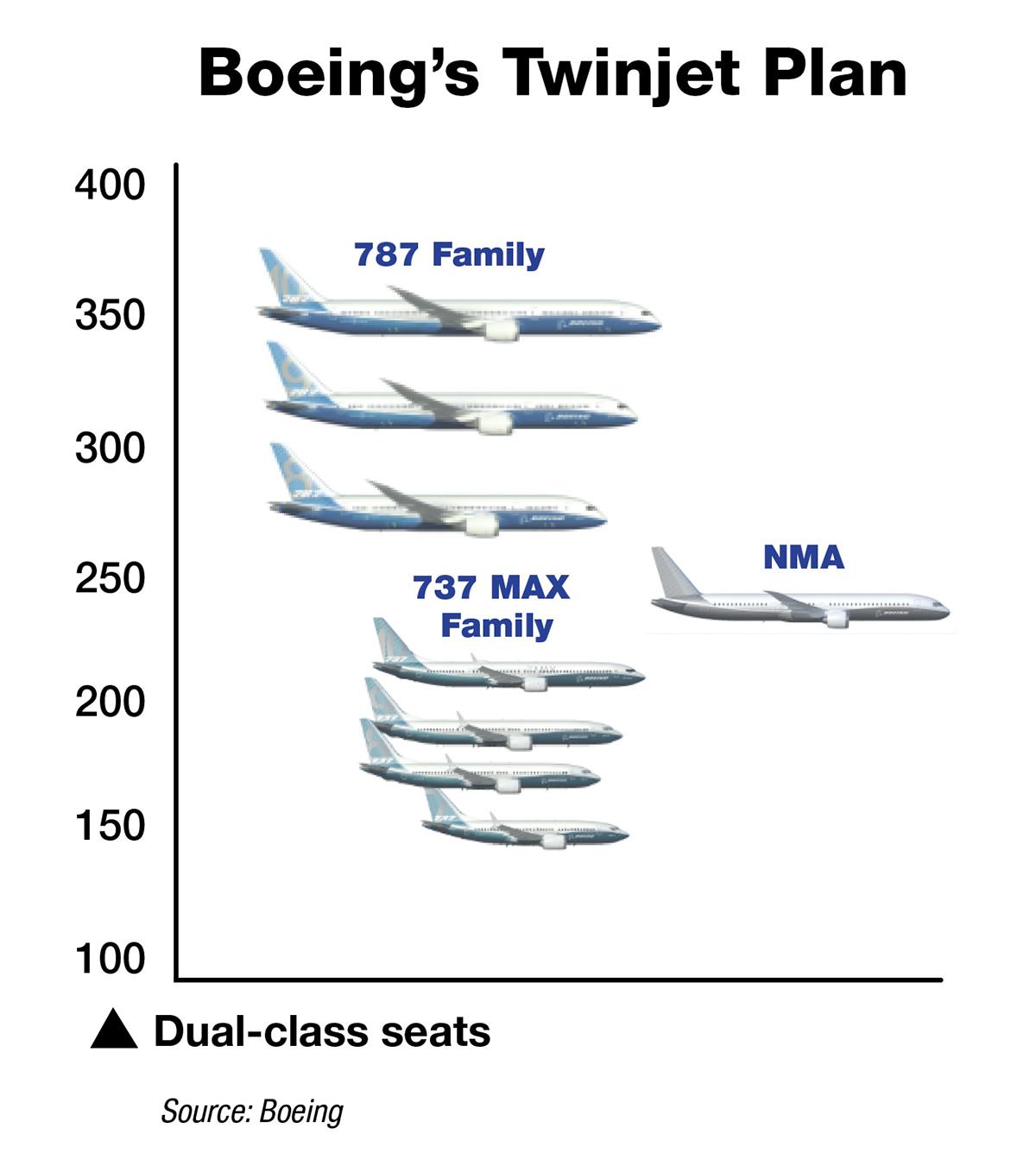
A New Boeing
An all-new Boeing model comes along only every 12-14 years, so the increasingly likely launch of the New Midmarket Airplane in 2018 has significance beyond the challenge of building a sector-spanning, short-medium-range twin-aisle for roughly the cost of a single-aisle airliner.
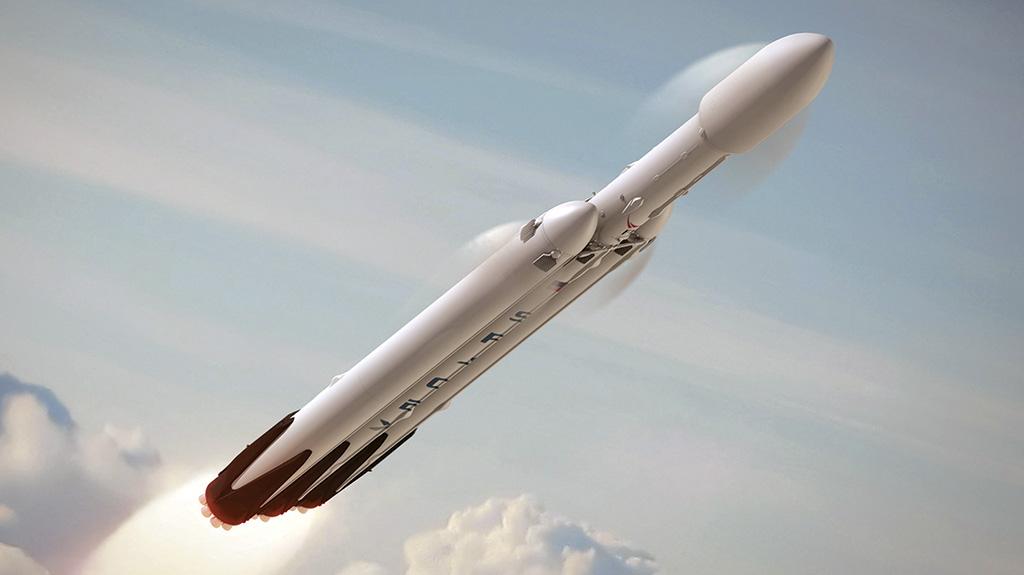
Reusable Heavylift
First flight of the world’s most powerful launch vehicle, SpaceX’s Falcon Heavy (pictured) with 27 engines on its three-core first stage, is expected early in 2018. Paul Allen’s booster-carrying Stratolaunch, the largest composite aircraft ever built, is also to fly early in the year.

Electric VTOL
Urban air mobility development is heating up, with up to 30 projects. Among the more influential: Airbus’ plan to fly the four-seat electric vertical-takeoff-and-landing CityAirbus demonstrator at the end of 2018, to follow its autonomous single-seat Vahana flown at the end of 2017.
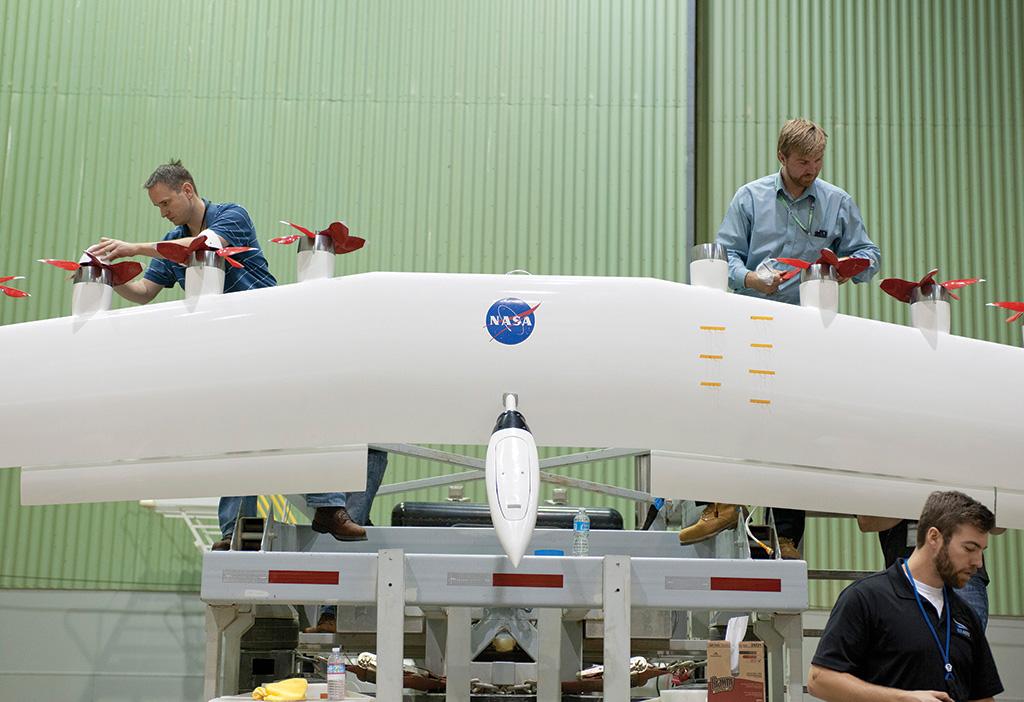
Electric X-Plane
NASA sees distributed electric propulsion as an enabler of new energy-efficient aircraft ranging from air taxis to single-aisle transports. In early 2018, the agency plans to fly the X-57 electric-propulsion demonstrator to help validate the efficiency gains.

LEO Constellations
Low Earth orbit (LEO) will start filling up when OneWeb launches the first 10 of a planned 648 broadband communication satellites early in 2018. Building of the Iridium Next constellation is planned to reach the point by midyear where Aerion can launch its space-based automatic dependent surveillance-broadcast service.
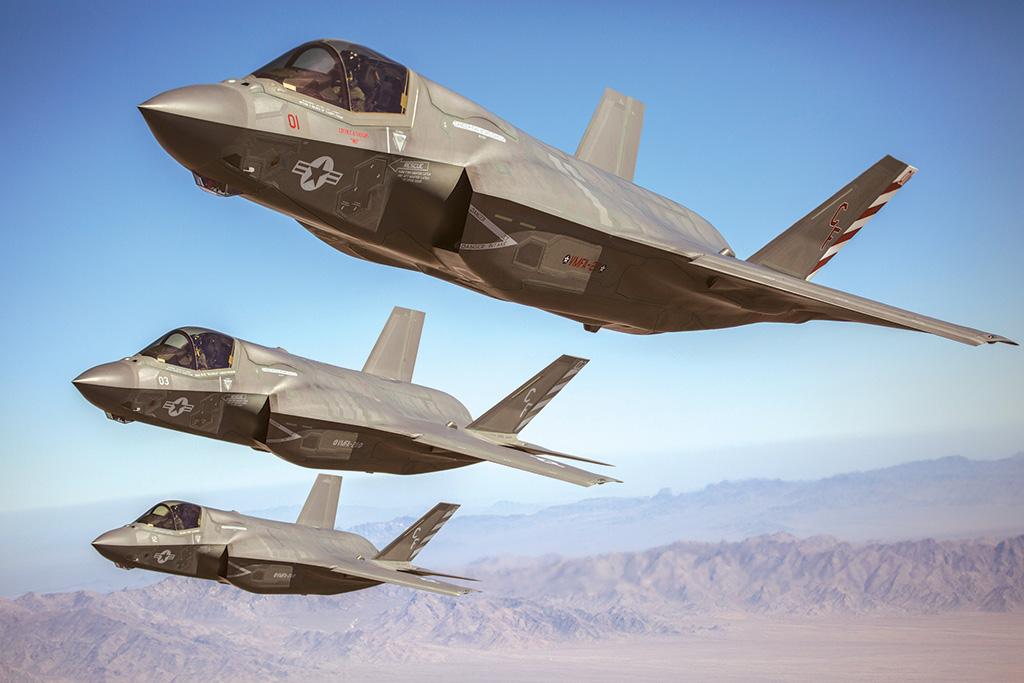
Joint Strike Fighter
Development flying complete, the F-35 enters operational testing in 2018, still facing criticism. But the juggernaut rolls on. The U.S. Navy is set to declare the F-35C operational, the UK will begin F-35B carrier testing, and the F-35A is the favorite in Belgium’s fighter competition.
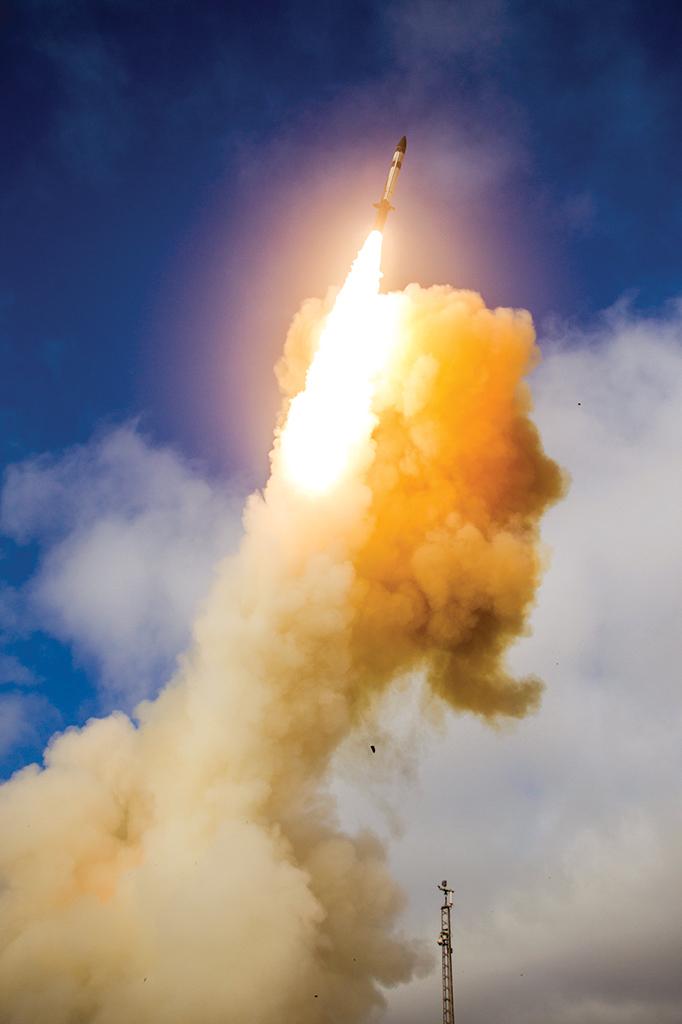
Missile Defense
SM-3 interceptor
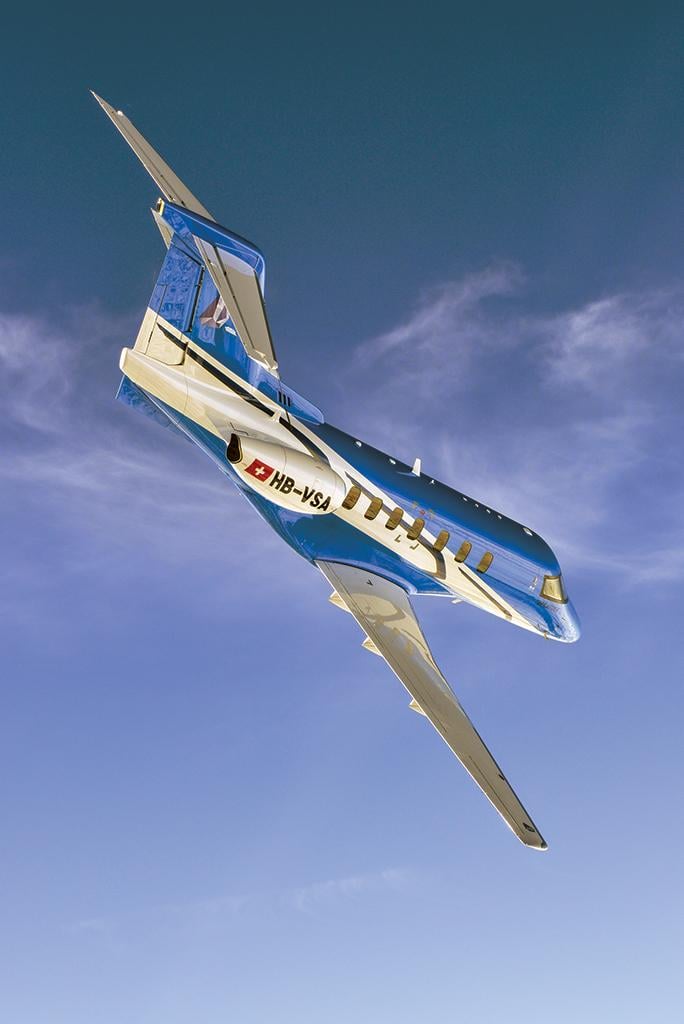
Business Aviation
With four new jets to enter service and one more set for certification in 2018, the business aircraft industry hopes to see deliveries begin to recover after hitting a low point in 2017. But industry executives may have to wait until 2019, forecasters warn.
Market growth, technology disruption, political instability, supplier consolidation: The aerospace and defense industry enters 2018 in a state of flux. Here are 15 areas to watch.
